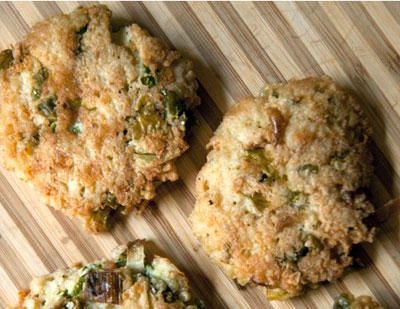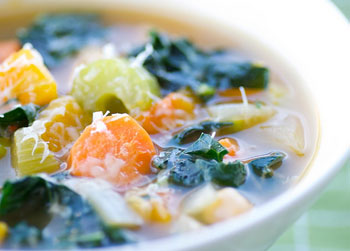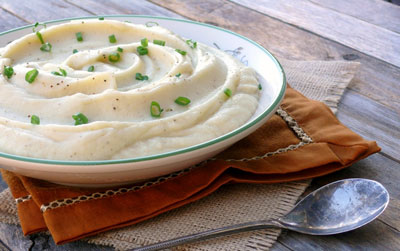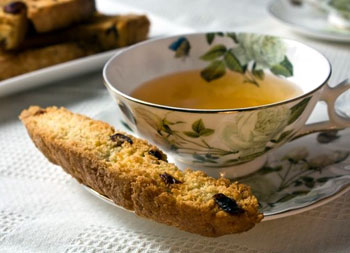 DAFFODILS
DAFFODILS
by William Wordsworth
I wander'd lonely as a cloud
That floats on high o'er vales and hills,
When all at once I saw a crowd,
A host of golden daffodils;
Beside the lake, beneath the trees,
Fluttering and dancing in the breeze.
Continuous as the stars that shine
And twinkle on the Milky Way,
They stretch'd in never-ending line
Along the margin of a bay:
Ten thousand saw I at a glance,
Tossing their heads in sprightly dance.
The waves beside them danced, but they
Outdid the sparkling waves in glee:
A poet could not but be gay,
In such a jocund company:
I gazed -- and gazed -- but little thought
What wealth the show to me had brought:
For oft, when on my couch I lie
In vacant or in pensive mood,
They flash upon that inward eye
Which is the bliss of solitude;
And then my heart with pleasure fills,
And dances with the daffodils.

 Without being super conscious about it, I have been making more and more vegetarian meals. Millet, lentils, quinoa, black beans, and lots of green vegetables are consumed weekly while less meat and chicken grace our dinner table. Don’t get me wrong, I like my animal protein. As long as it is pastured and raised in an environment that you and I would want to be raised in.
Without being super conscious about it, I have been making more and more vegetarian meals. Millet, lentils, quinoa, black beans, and lots of green vegetables are consumed weekly while less meat and chicken grace our dinner table. Don’t get me wrong, I like my animal protein. As long as it is pastured and raised in an environment that you and I would want to be raised in. New Year's resolutions. They're nothing but bunkum.
New Year's resolutions. They're nothing but bunkum. I have gone on and on here about how much I love mashed potatoes (
I have gone on and on here about how much I love mashed potatoes ( For the last two weeks I have had an intermittent problem with my furnace. I have a wonderful technician, but it was a difficult thing to figure out. Did I mention that it is Winter in Maine and even with a back up heat source it is imperative to solve it and solve it fast. The elusive part arrived this morning and Tony quickly came out yet again to my house. I asked him to come in and have a cup of tea with me as I always do and explain what he did to my furnace. I hoped that he would reassure me that it was fixed once and for all.
For the last two weeks I have had an intermittent problem with my furnace. I have a wonderful technician, but it was a difficult thing to figure out. Did I mention that it is Winter in Maine and even with a back up heat source it is imperative to solve it and solve it fast. The elusive part arrived this morning and Tony quickly came out yet again to my house. I asked him to come in and have a cup of tea with me as I always do and explain what he did to my furnace. I hoped that he would reassure me that it was fixed once and for all.
